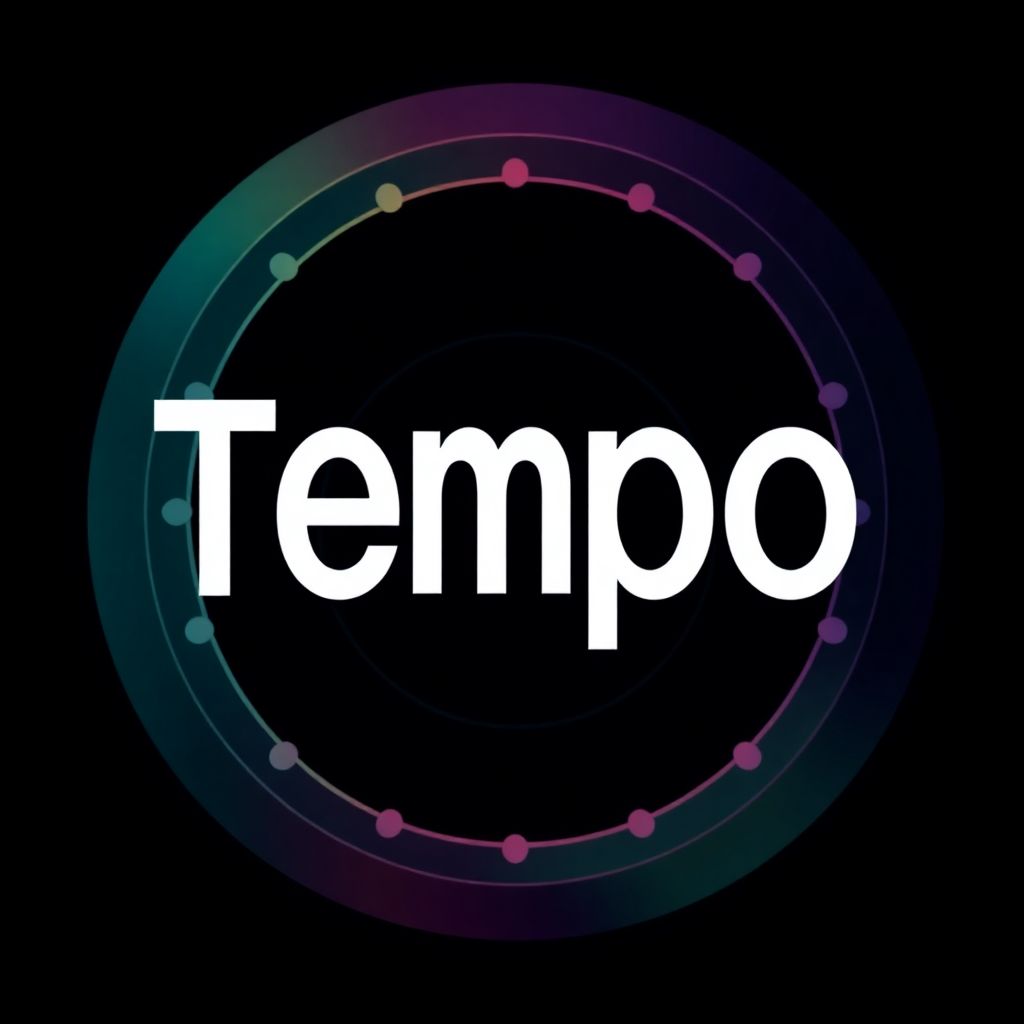What Is Tempo? Stripe’s Ambitious Blockchain for Payments and Stablecoins
Tempo is an emerging layer-1 blockchain platform specifically engineered for real-time payments and stablecoin transactions. Backed by payments behemoth Stripe in collaboration with crypto-focused venture firm Paradigm, Tempo aims to revolutionize how digital money moves across the globe by addressing the limitations of existing blockchain infrastructures. Unlike general-purpose blockchains that attempt to serve a wide range of applications, Tempo is laser-focused on financial utility, particularly the seamless and cost-effective transfer of stablecoins.
Stripe’s Foray into Blockchain Infrastructure
Stripe, a global leader in digital payments, is no stranger to experimenting with blockchain technologies. However, its involvement in building a dedicated layer-1 network marks a significant shift from previous integrations like supporting crypto payments on existing platforms. By co-developing Tempo, Stripe is moving beyond merely enabling crypto payments—it’s helping build the rails for the financial internet of the future.
In Tempo, Stripe envisions a blockchain infrastructure that can support high-throughput, low-latency transactions, with a particular emphasis on compliance, stability, and fiat on/off ramps. This makes the platform particularly attractive to financial institutions, fintech startups, and global merchants looking for reliable and regulatory-friendly blockchain solutions.
What Makes Tempo Unique?
At its core, Tempo is designed to support stablecoins and payment-centric applications. One of its distinguishing features is its consensus mechanism optimized for speed and efficiency, enabling thousands of transactions per second with finality achieved in just a few seconds. This is a crucial advantage for real-time payment systems, where delays cannot be tolerated.
Tempo is also expected to come with built-in compliance tools, such as identity verification and transaction monitoring, which cater to institutions that need to adhere to strict regulatory standards. This contrasts with many legacy blockchains that struggle with KYC and AML requirements, making Tempo a more attractive option for enterprises operating in regulated environments.
Another noteworthy feature is its developer-friendly architecture. Tempo supports smart contracts and APIs that allow developers to easily build financial applications, from remittance platforms to payroll systems, directly on-chain. Its native programming language is expected to be simple yet powerful, reducing the technical barrier for fintechs and startups.
The Rise of Stablecoin Infrastructure
Stablecoins have become one of the most widely adopted use cases in crypto, serving as a bridge between traditional finance and decentralized systems. With a current market cap exceeding $300 billion, their role in the global financial ecosystem continues to expand. The recent passage of the GENIUS Act in July 2025, which provides a clear legal framework for stablecoins in the U.S., has further fueled institutional interest.
Tempo’s alignment with this trend places it in an ideal position to capitalize on the growing demand for stablecoin-based payment systems. By offering a dedicated platform for stablecoin utility, Tempo differentiates itself from general-purpose blockchains like Ethereum or Solana, which, while versatile, often struggle with high fees and network congestion.
Strategic Collaboration with Paradigm
Stripe’s partnership with Paradigm, a leading crypto investment firm, brings both technical expertise and industry connections to the table. Paradigm’s portfolio includes some of the most successful blockchain projects, and its involvement adds credibility and momentum to the Tempo initiative. The collaboration ensures that Tempo will not only be technologically sound but also well-integrated into the broader crypto ecosystem.
Potential Use Cases for Tempo
The streamlined design of Tempo opens the door to a wide range of real-world applications:
– Cross-Border Payments: Eliminating intermediaries and reducing transaction fees for international money transfers.
– Merchant Settlement: Enabling instant settlement for e-commerce platforms and point-of-sale systems.
– Payroll Processing: Facilitating stablecoin-based salaries in global companies, especially in remote work setups.
– Micropayments: Supporting low-cost, high-frequency transactions for content creators, app developers, and gig workers.
– Remittances: Offering a faster and cheaper alternative for sending money to family members abroad.
Regulatory Compliance and Institutional Readiness
Tempo’s architecture is being built with regulatory compliance in mind, a feature that sets it apart in the current blockchain space. From KYC integration to audit trails and transaction transparency, the platform is positioning itself to meet the demands of banks, payment processors, and governments. This compliance-forward approach is likely to ease concerns among institutional players hesitant to adopt decentralized technologies.
Integration with Existing Infrastructure
Given Stripe’s vast network of merchants and financial partners, Tempo could eventually be integrated directly into Stripe’s payment stack. This would allow millions of businesses worldwide to accept and send stablecoins without needing to overhaul their existing systems, drastically accelerating mainstream adoption of blockchain-based payments.
Developer Ecosystem and Open-Source Ethos
Tempo also plans to foster a vibrant developer ecosystem. By offering comprehensive SDKs, documentation, and support, the platform aims to attract a wide range of contributors. Open-source development will play a key role, encouraging transparency, continuous innovation, and community participation.
Interoperability and Future Expansion
While Tempo is being built as a standalone layer-1 chain, interoperability with other blockchains is on the roadmap. Bridges to Ethereum, Solana, and other networks will allow assets and data to flow freely between ecosystems, enhancing liquidity and expanding utility. This cross-chain capability could make Tempo a central hub in the future financial internet.
The Road Ahead
Tempo is still in active development, with no official launch date announced. However, early signals suggest that testnets and developer previews could become available within the next year. Given Stripe’s track record of delivering polished, user-friendly products, expectations for Tempo are high.
In a world increasingly leaning toward digital finance, Tempo could emerge as a foundational layer for the next generation of payment infrastructure—one that is fast, stable, regulation-friendly, and purpose-built for money movement. With major backing, clear focus, and strong technical underpinnings, Tempo is one of the most promising blockchain projects currently under development.

